I am not forcing you to raise all the top 20 or popular best homestead animals, but I want you to choose one or a few that best suit your homesteading needs.
It is a must to research and calculate the suitable animals for a successful and self-sufficient homestead.
Whether it is an apartment homestead or a multi-acre farm, I have served you with animals for all.
1. Chickens
No homestead is complete without adding chickens that are easy to care for and produce sustainable meat and eggs.
You can raise chickens in a small space in a coop of 24 square feet and a running space of 48 square feet. You can harvest chicken meat in as little as 45 days.
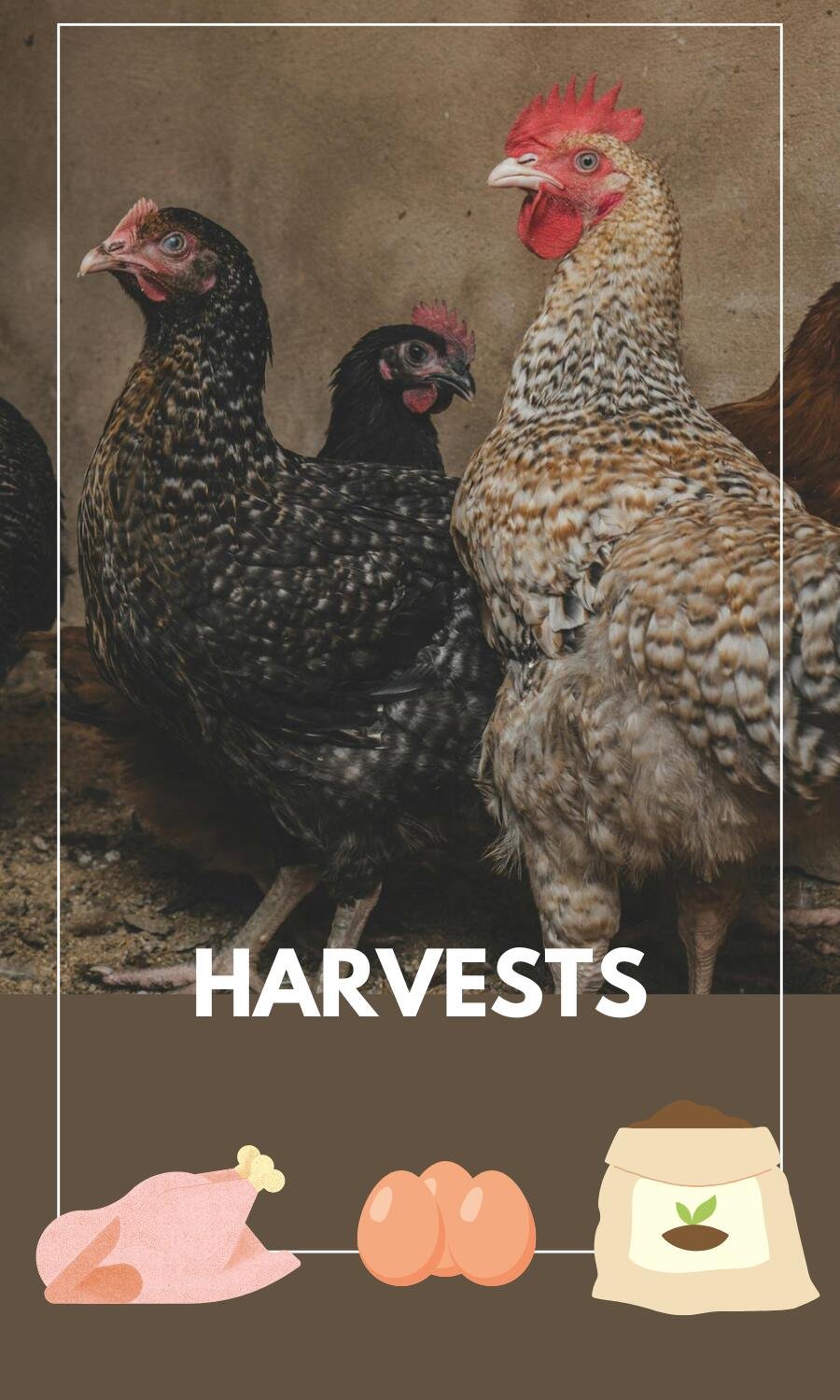
But layers may take 16 weeks to give you eggs.
As chickens are omnivorous, they eat various foods, including lawn clippings, snakes, frogs, and lizards, kitchen scraps, fruit seeds, and grains.
Plymouth Rocks, Sussex, Delaware, and Wyandottes are some famous chickens raised for meat and eggs.
2. Ducks
I don’t know how many times I need to add these birds to the list of easiest homestead animals because of their hardiness and several benefits.
Ducks are great for eggs and pest control. Their eggs are larger and in greater quantity than those of chickens.
Due to their forage ability, ducks can remove pests and insects, including grasshoppers, slugs, snails, grubs, beetles, flies, mosquito larvae, and spiders.
You can also feed them vegetables, grains, and fruits. But chop or grind the food before serving.
They like to play in the mud, so you can build their coop near the backyard pond.
Some popular duck breeds for homesteading include the Indian Runner Duck, Buff Orpington Duck, Pekin Duck, and Cayuga Duck.
3. Rabbits
Bunnies are excellent for meat, which tastes similar to chicken but has a slightly more robust, meatier, and earthier flavor.
Their manure also helps enrich the soil for backyard gardening.
You can raise rabbits in a small space and manage in a chicken coop or pen with at least a diameter of 24 inches X 24 inches X 36 inches. Remember to release them outdoors every day for exercise.
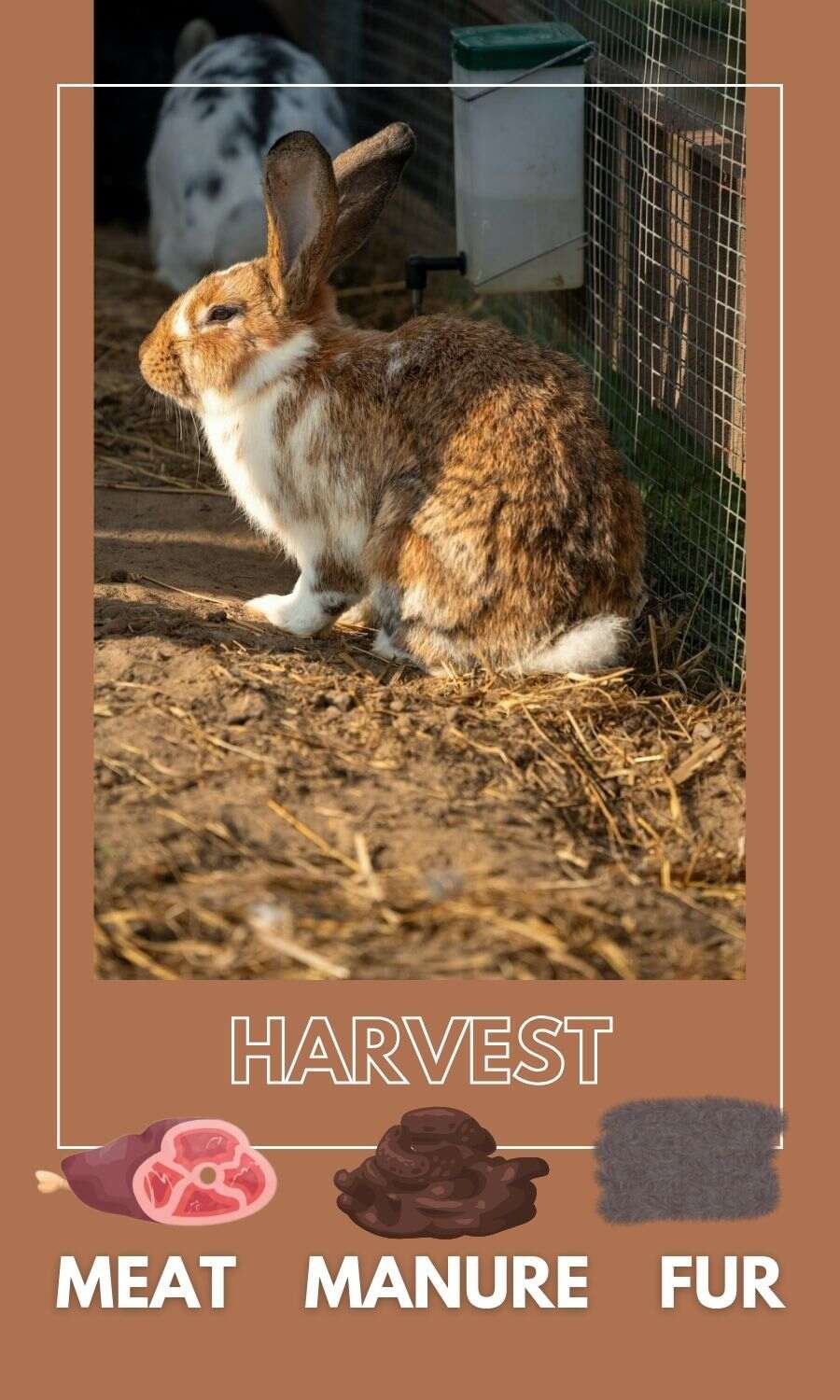
Potential as pets, they are easy to breed and grow fast for profit.
When I owned a pair of animals a few years ago, I fed them fresh hay and grass, with some leafy greens, fresh veggies, fruit, and a few pellets.
4. Goats
Many times, social media boosts the term “GOAT,” and on the farm, these four-legged homestead animals truly justify the name for various purposes.
Goats are raised for milk, meat, and weed control. But you should not forget that their manure also enriches the soil for gardening.
Most importantly, they can live in small spaces, unlike cows and horses. You can build the shed based on 16-25 square feet per animal and 10-15 square feet per miniature goat.
These homestead animals can live on grass and grazing. But they also enjoy eating hay, grain, brushy plants, and dried beet pulp.
They mature at 4 to 12 months of age. I don’t recommend harvesting the goats for 8-12 months if you want to raise them for quality and abundant meat.
You can also raise the goats for more extended periods if you want to breed them. They can give birth to 2-5 babies in a single breeding.
Alpine, LaMancha, Nubian, Saanen, and Boer are some popular goat breeds you can consider for your farm or homestead.
5. Sheep
Sheep have additional fiber-producing benefits over goats. Remember that you like to wear a woolen sweater in the winter after processing sheep wool.
They also produce mutton and quality milk, which can be a sustainable food source. Sheep have similar space requirements to goats, so you can raise sheep and goats together in the same shed.
They mature in between. 5 and 12 months for harvest.
These farm animals can make good lawnmowers and home pets. As grazers, they love to eat grass, clover, forbs, and legumes. But you can also feed them grains and other ready-made supplements for proper growth.
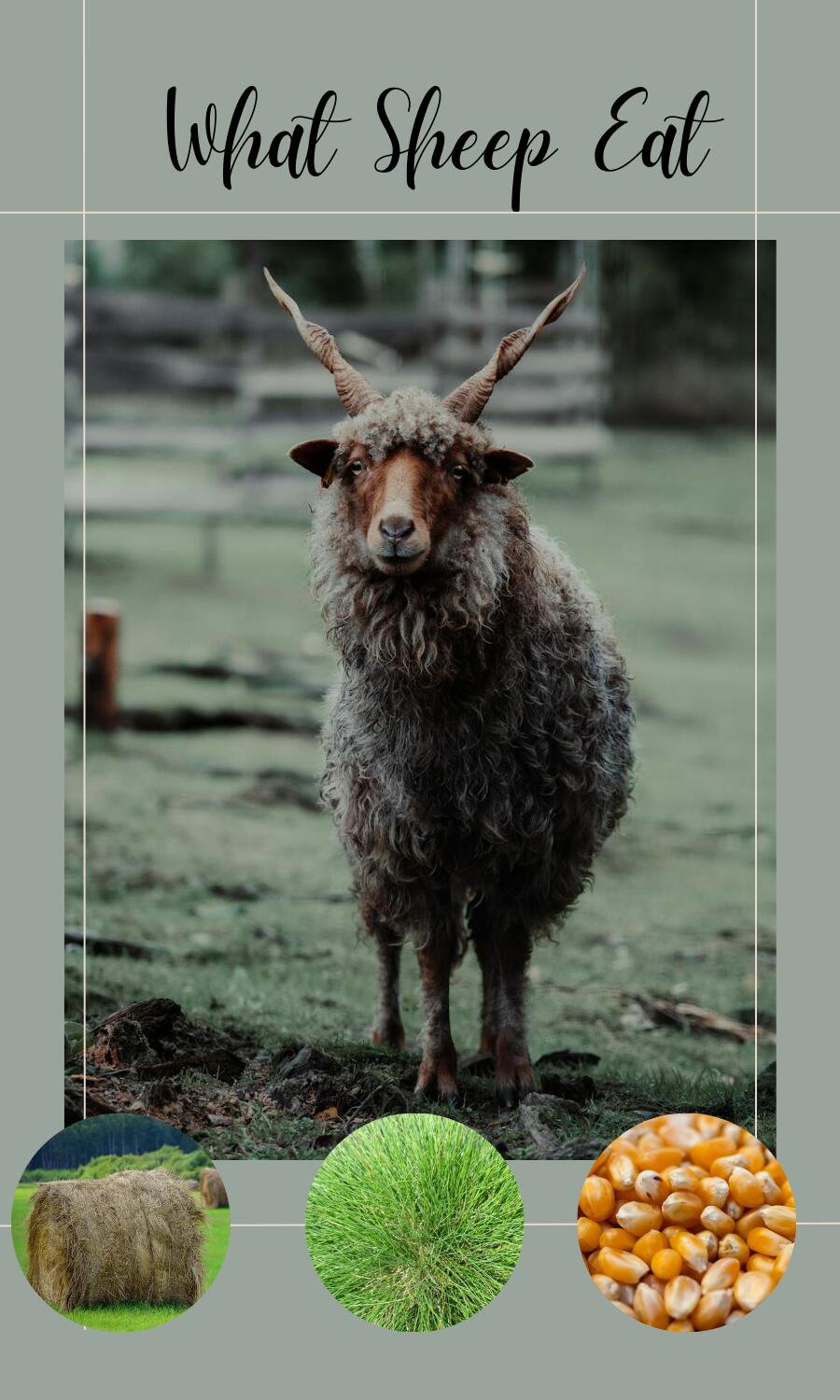
You have options in sheep breeds such as Merino, Suffolk, Hampshire, and Columbia.
6. Bees
Beekeeping has much more to offer than just honey. After harvesting honey from a hive, you can take out the wax and use it for different craft purposes, including candles.
But mainly, they pollute the flowers, contributing to a balanced ecosystem.
With this, garden crops and plants complete their lifecycle and offer us the harvest in time.
You can start beekeeping easily and at a low cost. Build a 12-inch by 16-inch hive with 8-10 frames. You can increase the housing size based on the bee colony.
Beginners can start with a small colony of 100-200 bees.
7. Pigs
You can raise pigs for meat and gardening purposes. Remember, pig meat can be used for several purposes, along with pork.
Pigs’ skin, fat, and other materials are used in clothing, cosmetics, and medicine.
If you allow the pigs to be on the open ground, they can plow and cultivate the land for gardening, enriching society with their manure.
Keep in mind that the pen needs to be around 8-13 square feet per pig.
Also, pregnant sows may require more space than growing ones to raise their babies.
It is easier to feed pigs as they can eat anything, such as vegetables, fruits, worms, insects, eggs, and mushrooms. But their diet mainly made from corn and soybeans.
Some common raising breeds include Berkshire, Duroc, Chester White, Danish Landrace, Hampshire, and Yorkshire.
8. Miniature Cows
Unlike full-sized cattle, mini cows are easy to care for beginners as they are less destructive of pasture land and fencing and can be easily handled.
They are well-suited for homesteaders with a small space to raise and need limited milk and beef.
These mini cattle are around 36 to 42 inches, so they may need at least a stall 4 feet wide and 9 feet long. You can feed them hay or fresh pasture.
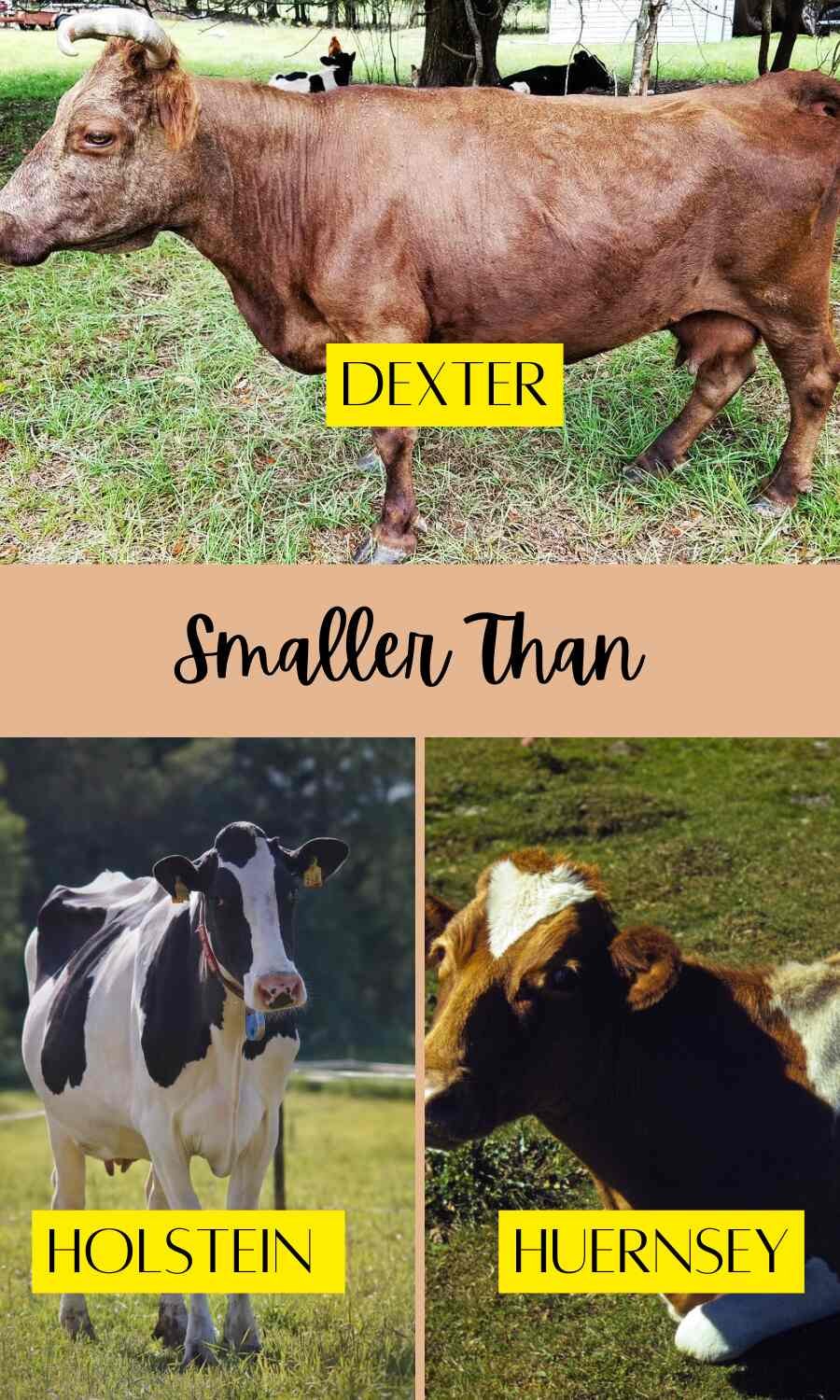
Remember, they eat 2-4% of their body weight in food every day.
Some popular raising mini cows include Dexters, Lowlines, Miniature Herefords, and Zebus.
9. Small Horses
Though small horses do not have multiple uses, they can be great companions for small homesteads.
These mini-horses can be safe for children and old people who can handle the animals easily. They also make guide animals for people with vision-related disabilities.
They are similar to ponies in size, measuring around 38 inches in height.
You can build a stall 10 feet X 12 feet for every mini-animal. Feed them hay or forage, quality feed and supplements designed for them, and fresh water.
They may want to raise some popular breeds, such as Miniature Horse, Falabella, Shetland Pony, Noma and Yonaguni.
10. Guinea Pigs
Guinea pigs don’t belong to the pig family. You can raise them for meat and pets that live for 5-8 years.
They can also be a weed controller, which eats everything from leaves, fruits, and plants to root vegetables. Feed them only plant-based food, especially high-fiber greens and grass.
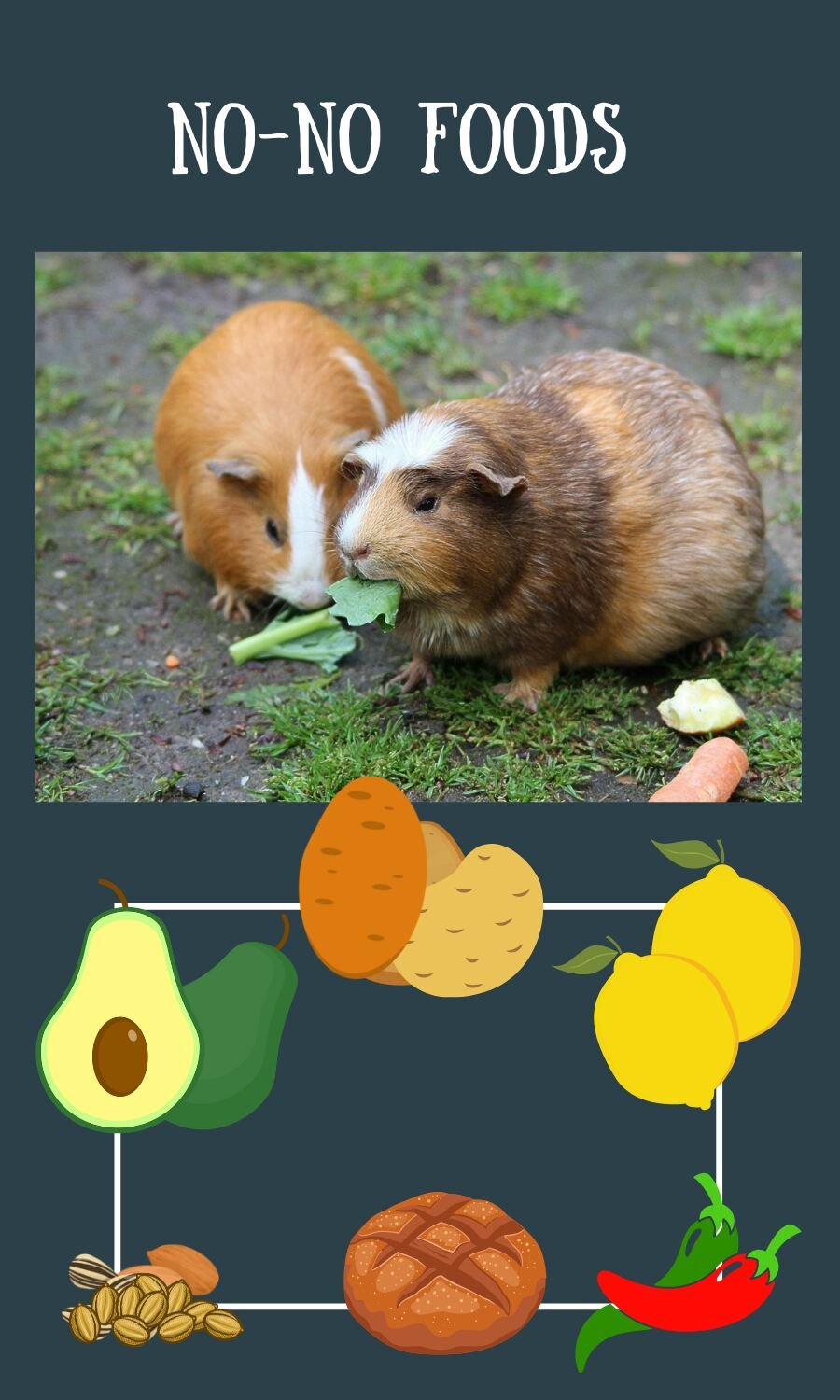
These pet animals are smaller than rabbits, so they can be kept in cages and hutches.
Design their pen from 7.5 square feet to 10.5 square feet per animal. You can raise some popular breeds, including Peruvian, Teddy, Texel, American, and Silkie.
11. Fish
You may also want to raise some water animals or various fish breeds. Fish can be raised in a pond, aquarium system, or tank for different purposes.
They can be a sustainable food for homesteaders, producing boneless meat. They also provide fish oil with medical properties and make good pets.
The general rule of building a pond is an extension of one square foot for an inch of fish in a 2-foot deep pond.
However, the size depends on the fish breed. Also, beginners can start raising fish in 10-100-gallon tanks.
You can feed the fish fresh vegetables, frozen food, such as shrimp, fruits, worms, small insects, and other designed food.
Tilapia, catfish, trout, and carp are best for meat production, while goldfish, guppies, and koi are good water pets.
12. Alpacas
Like sheep, Alpacas are raised for luxury fiber. You can expect five to ten pounds of fleece per animal.
Besides, they offer meat for food and manure for gardening. Alpacas are trainable and friendly to children and old people, making them good companions.
They are similar in size to miniature horses. You need to build a barn between 12X15 feet and 15X20 feet.
Alpacas mainly eat grass and hay and enjoy plant parts, including leaves, wood, bark, and stems. Besides, supplements with grain can be a treat for them.
You have naturally two breeds to raise: Huacaya and long-haired Suri.
13. Donkeys
Donkeys and mules are draft animals that can greatly help homesteaders. They plow the garden and pull carts to transport and carry loads such as wood and other goods.
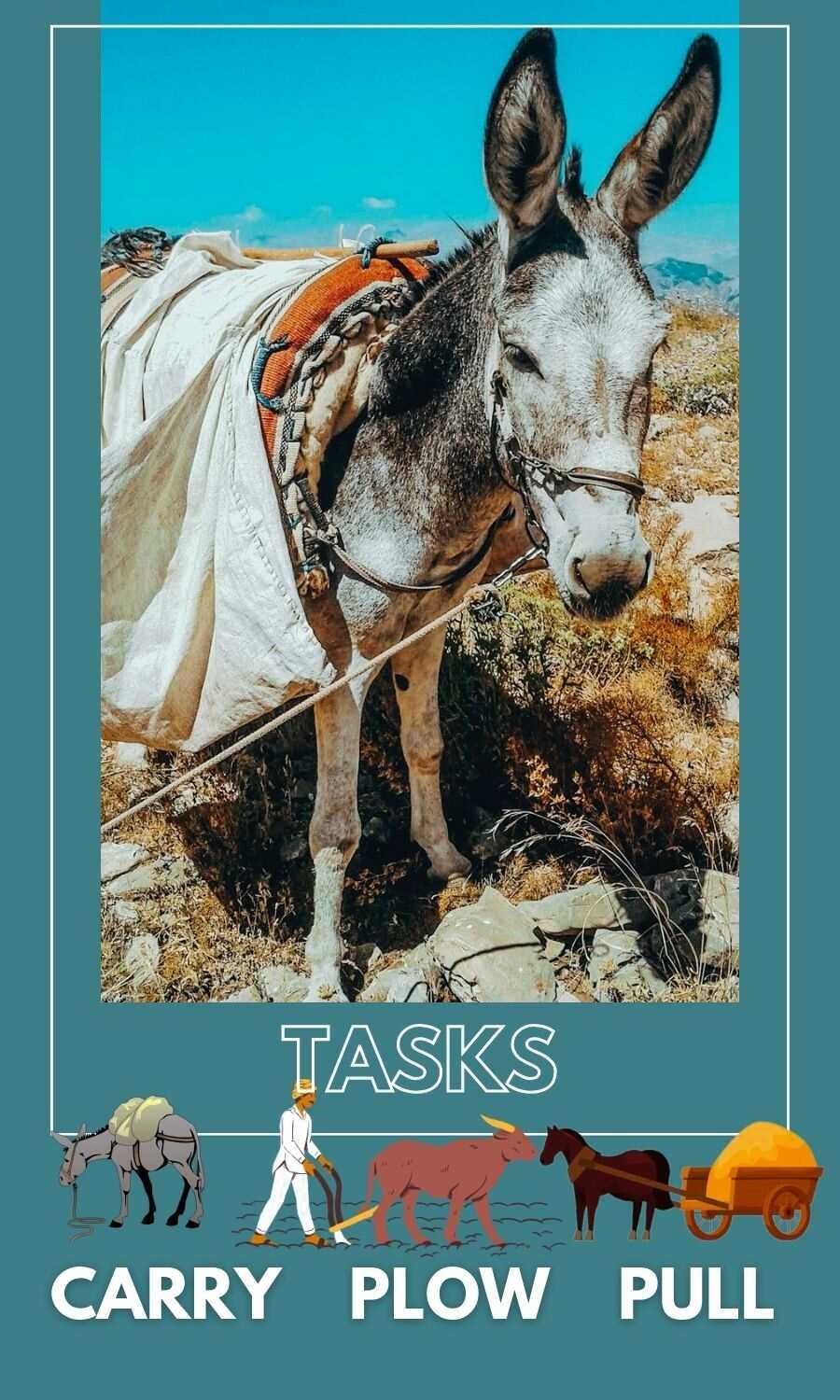
They can labor a lot for their master once you train them.
You need to build their shelter with a minimum space of 50 square feet per animal. Donkeys can survive on straw and hay with a small amount of grass.
But you need not be greedy about offering water, as they drink a lot.
Miniature Donkey, Baudet du Poitou, and Mammoth Jack are popular breeds. I suggest you start with miniature donkeys.
14. Worms
If you are an avid gardener, vermiculture can be your best asset.
Worms break down and compost garden scraps, clippings, food waste, table scraps, and cardboard waste, contributing to the ecosystem.
Turning waste into natural fertilizer, earthworms help enrich the soil for organic gardening. You can also use vermiculture to sell for profit.
Beginners can start with a simple setup in a bin with a diameter of 16 inches x 24 inches x 8 inches.
Feed the worms fruit and vegetable scraps, crushed eggshells, egg cartons, torn newspapers, soaked pizza cartons, coffee grounds, and tea leaves.
Epigeic Worms, Blue Worms, and Red Wiggler Worms are popular types used for vermicompost.
15. Cats
After all the farm animals above, one animal you may want to calm your mind. Yes, cats can serve the same purpose with their presence.
They make great human-friendly pets. They can sit and sleep with you in your bed and roam the house freely without messing up anything.
Besides, they are natural pest controller that hunt down and drive away pests, including mice, spiders, squirrels, and scorpions.
You can build a 9-square-foot sleeping shelter for a single pet and a 16-square-foot cattery for two cats.
Cats eat cooked, boneless, skinless, unsalted meat, white fish, eggs, and bread.
Domestic Shorthair, Persian Cats, Devon Rex, and Abyssinian Cats are some popular pet breeds.
16. Snails
These tiny creatures can help homesteaders make significant profits with low investment due to their high demand.
Snails are one of the best homestead animals that provide eco-friendly meat full of rich protein. They make tasty recipes, including Classic Garlic Butter Escargots, Beurre Blanc Escargot, and Snail-Dodo.
They need a solid surface to crawl and to be glued. So you need to provide them with anything, including wooden frames, containers, or open ground.
Remember, every 4-6 snails need 3 square feet of area.
Ensure they cannot escape the area as they are invasive. Also, feed them with shredded, blanched vegetables such as zucchini, squash, green beans, carrots, and red cabbage.
You can farm Achatina, Helix, and Ampullariidae snails at your homestead.
17. Llamas
Llamas can be greatly useful for homesteaders if they are provided with good care and 40 square feet of stall space per animal.
They make good pack animals and produce quality wool, meat, and milk.
Besides, they can also be good guardians for some livestock, such as sheep, goats, hens, from coyotes, dingos, foxes, and other predators.
No need to mention that they make good pets, and their dried manure is used for fuel in rural areas.
Llamas are pasture and forage animals that eat fresh grasses, hays, shrubs, vegetation, forbs, and trees.

You have options to choose from popular breeds, including Classic, Woolly, Suri, and Medium Llamas.
18. Dogs
The most lovable and loyal animals are dogs that make great pets and the best guard animals at the homestead.
They protect your homestead properties and herding animals, including goats, sheep, and cattle, from coyotes, wolves, bears, leopards, and mountain lions.
To do this, you need to train your dogs first.
Homestead dogs are high-alert animals, so they need to live outdoors. However, to provide better care, you need to build a sleeping kennel for them.
Some livestock guardian breeds include Great Pyrenees, Australian Shepherds, and German Shepherds.
19. Bearded Dragons
These little pet animals can attract homestead visitors easily through their appearance and friendly and docile personalities.
Their unique trait is that they can change their body color, possessing the shade of whatever they approach.
 They are very responsive pets to their owners. You can raise them in an enclosure that is 120 gallons or has a diameter of (4 X 2 X 2) feet.
They are very responsive pets to their owners. You can raise them in an enclosure that is 120 gallons or has a diameter of (4 X 2 X 2) feet.
Add some natural habitat settings, including rocks and woods.
Bearded Dragons eat leafy green vegetables and flowers, worms, and crickets.
You can choose any one from Eastern Bearded Dragons, Dwarf Bearded Dragons, and Central Bearded Dragons for your homestead.
20. Turkeys
These farm birds are also raised for meat, eggs, and pest control.
I like raising turkeys because they are cleaner and tidier to keep than chickens. However, they need a larger space, including a coop, running space, and a netting box for chickens.
Build a coop based on 2-2.5 square feet of space per bird.
Also, let turkeys pasture if possible, which helps the birds fill half of their intake. Then, feed them with kitchen or garden scraps such as tomatoes, lettuce, squash, and sweet corn.
Broad Breasted White, Black, Bourbon Reds, and Standard Bronze are some popular turkey breeds for homesteading.
Final Thoughts
I have tried to include as many homestead animals as possible in the top 20. If your favorite ones are missing from the list, mention them in the comment box.
When choosing one for you, list your homestead needs and analyze your budget and commitment.
Also, beginners can start with homestead birds and move to four-legged animals after some experience.

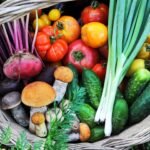

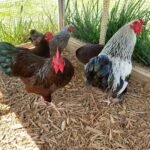
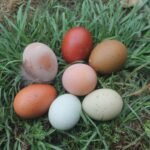
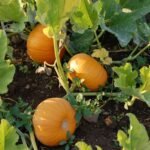




Leave a Reply